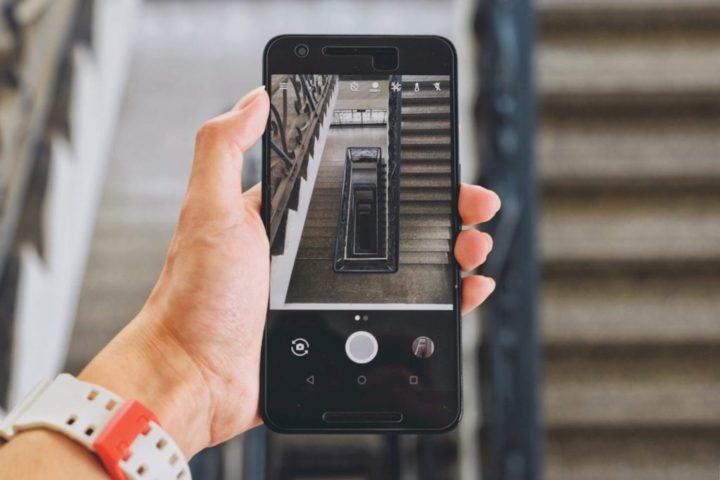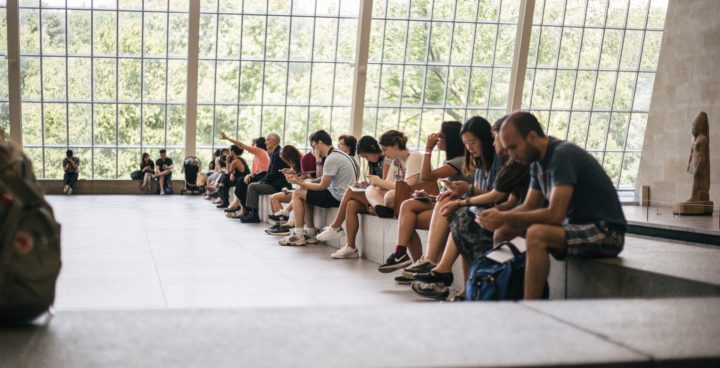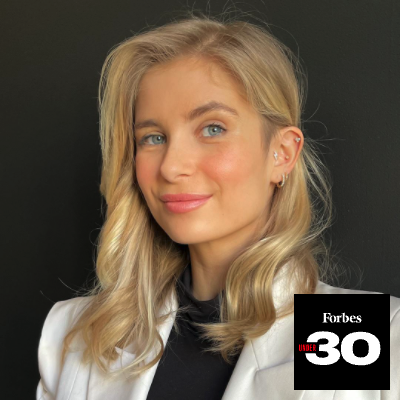Here are three ways that we vet influencers:
Follower versus engagement ratio
If an influencer has a huge following, but a low engagement rate, that’s an easy-to-pick red flag. It means one of two things:
- The followers may be real however the content they’re posting isn’t engaging those followers and therefore the their level of influence is low. We are regularly reminding clients that engagement levels are the most important metric – you can have all the followers in the world but if your audience doesn’t enjoy your content, then what does it matter?
- They’re purchased followers and therefore the engagement levels are incredibly low because they aren’t real accounts who are interacting with content.
An important factor to keep in mind is that as followers go up, engagement levels will go down. The same thing happens with eDM open and click-through rates. It makes sense – when you’re small the pool of followers is often family and friends who are highly engaged with what you’re doing. As you grow, that pool dilutes so you’ll have more people who may like following you but aren’t yet highly invested in what you’re doing. So, don’t compare engagement rates of someone that has 5k followers with someone that has 500k.
Here’s how you figure out the engagement:
- Average out the amount of comments and likes they’ve had on the last month of posts. You can do it using programs or manually (yes this takes time but it’s worth it).
- Take that figure and divide it by the number of followers
- Multiply that by 100 and you’ve got your engagement percentage
As a rule of thumb, you want the engagement rate to be minimum 1%, but ideally up around the 5% mark. Under 1% and we’d be asking some more questions. You can have a google to find average industry engagement for your business too.
Check their audience
Next, have a look at who is actually engaging with the influencer and following them. To get around the follower to engagement ratio, you can buy your followers and then enter into an engagement pod or chat bot which means their comments and likes stay up.
You can buy comments, or join a pod where you all agree to like and comment on each other posts so you can fudge engagement levels.
Things to look out for:
- Generic comments like…
- Lots of emojis
- Cute
- Beautiful
- You look great
- Love this
- Comments that don’t make sense in relation to the post
- The same people commenting on every post
Scroll through people who’ve liked posts and followed the influencer and just have a look at some of their profiles. It’s obvious if a lot of them are fake accounts or bots (0 followers and 0 posts or really strange spammy content).
Use online tools
There are free tools such as Social Blade and IG Audit that show you analytics that are key indicators for questionable accounts. For instance, big spikes in follower gains and losses point to purchasing them (social blade show this in an easy-to-read graph). Keep in mind spikes in followers can certainly be attributed to other things such as running a competition or being tagged in a post by a huge account, so have a look at what happened on their feed on the coinciding date.
Other things to look out for are a constant decline in followers which can indicate they’ve purchased in the past and IG clearing out fake accounts means they’ve been losing them ever since. Again, this doesn’t necessarily mean the influencer is dodgy, it can just be one indicator.
It’s important to note that every account will have a certain amount of fake followers and the bigger the influencer is, the more fake accounts they will naturally attract. As a rule of thumb, check the percentage of real followers on IG Audit and make sure that number is 70% plus. Obviously, the higher that percentage the better. The reason that bigger accounts will attract fake followers and comment bots is that it’s a tactic for those accounts to attract followers themselves. For instance, if you go and follow Kimmy K right now, you’ll probably find yourself with a handful of new followers in the next couple of hours. It’s common practice for people to go through the list of followers on big accounts, and engage with them in the hopes of those people then following back. How many times can you say following in one sentence?
Whilst the above tactics can be used to vet influencers, remember that you should be using a combination of all of them to make a decision on their authenticity. A lot of these factors can be explained by other things but if they are ticking a number of the above boxes, you’ve got a big red flag.
Additionally, every influencer worth their stripes will have a media kit along with analytics to provide you. If they don’t, why not? Ask the question.




